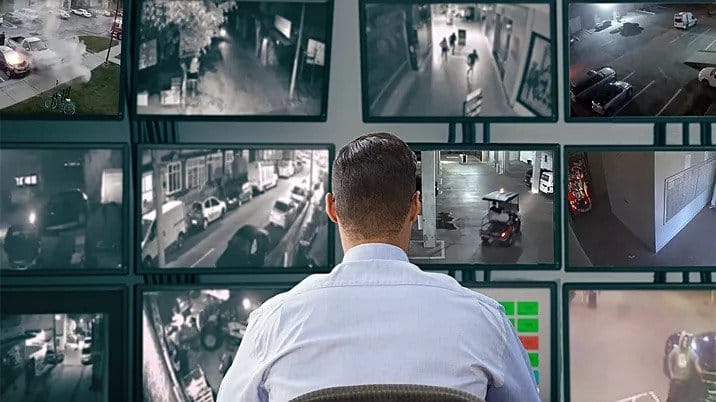In today’s rapidly evolving security landscape, the need for efficient and reliable monitoring solutions in sensitive areas cannot be overstated. Whether it’s for governmental, industrial, or personal properties, implementing live video monitoring systems plays a crucial role in ensuring safety and security.
This article delves into the fundamentals of setting up a live video monitoring system, specifically addressing unique challenges and solutions pertinent to sensitive zones.
Understanding the Need for Live Video Monitoring in Sensitive Areas
Sensitive areas, such as military bases, research facilities, and construction sites, require heightened security measures due to their vulnerability to unauthorized access and potential threats.
Live video monitoring serves as a proactive approach to security, offering real-time surveillance capabilities that can deter potential intruders and provide immediate response options. The presence of a robust monitoring system can be a critical factor in preventing incidents and ensuring the safety of both assets and personnel.
Planning and Designing the Video Monitoring System
The first step in implementing a live video monitoring system is thorough planning and design tailored to the specific needs of the area in question. This involves conducting a comprehensive risk assessment to identify key areas of vulnerability and determining the types of cameras and monitoring technology that best suit the environment.
- Site Assessment: Conducting a site assessment helps in understanding the physical layout and identifying strategic points for camera placement. This includes entry and exit points, sensitive data storage areas, and other critical locations.
- Choosing the Right Cameras: Depending on the specific requirements, various types of cameras, such as PTZ (pan, tilt, zoom), infrared, and motion-detecting cameras, may be utilized. Each type offers different benefits, such as wide-area coverage or detailed close-up views, which are essential for comprehensive monitoring.
- Integration with Other Security Systems: For enhanced effectiveness, integrating video monitoring with other security systems like alarms, access controls, and motion sensors can provide a multi-layered security approach. This integration enables automated responses in case of security breaches, such as locking down the area or alerting local law enforcement.
Technological Considerations for Live Video Monitoring
Advancements in technology have greatly enhanced the capabilities of live video monitoring systems. High-definition video feeds, cloud storage solutions, and advanced analytics are now integral components of modern security systems.
- High-Definition Video: HD video ensures that the footage is clear and usable for both real-time surveillance and forensic purposes. It allows security personnel to see fine details, which can be crucial in identifying intruders or understanding the nature of a security event.
- Cloud Storage: Utilizing cloud storage for video footage provides a scalable, secure, and cost-effective solution for managing large volumes of data. It also ensures that footage is accessible remotely and is protected against physical threats like tampering or damage.
- Video Analytics: Modern systems employ video analytics to enhance the effectiveness of live monitoring. This technology can automatically detect anomalies, track movements, and even recognize faces or license plates, enabling proactive management of potential threats.
Implementing the System in Sensitive Areas
The actual implementation of a live video monitoring system must be handled with utmost precision to ensure minimal disruption while maximizing coverage and security.
- Professional Installation: Engaging professionals for the installation ensures that the system is set up correctly and functioning optimally from the start. Specialists in Security Camera Service Canada understand the complexities involved in setting up secure systems, particularly in sensitive environments.
- Regular Maintenance and Updates: To maintain the efficacy of the live video monitoring system, regular maintenance and updates are essential. This includes checking for any physical damages, updating software and firmware, and ensuring that the system’s security measures are not compromised.
- Training and Protocols: Equipping the security team with the necessary training on how to operate the system effectively is crucial. Establishing clear protocols for responding to different types of security breaches can expedite reactions and mitigate potential damages.
Conclusion
Implementing a live video monitoring system in sensitive areas is a comprehensive task that requires careful planning, advanced technology, and professional execution. With the right setup, these systems can provide an indispensable security layer, offering real-time surveillance and rapid response capabilities. As security needs continue to evolve, so too will the technologies and strategies deployed to protect our most vulnerable assets, ensuring peace of mind for those responsible for their safeguarding.
By understanding the intricacies and requirements of live video monitoring, organizations can significantly enhance their security infrastructure, safeguarding against both current and emerging threats.


